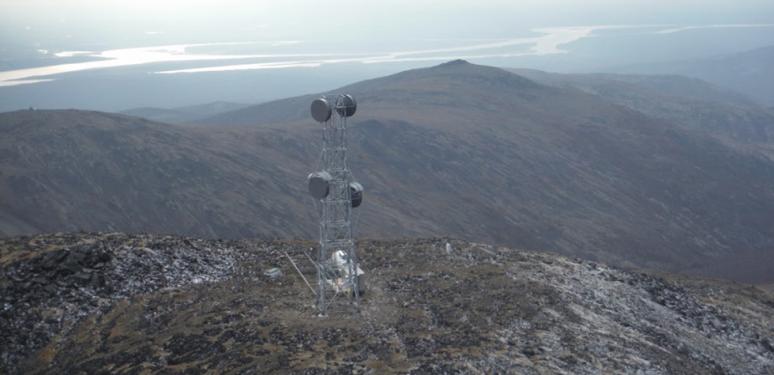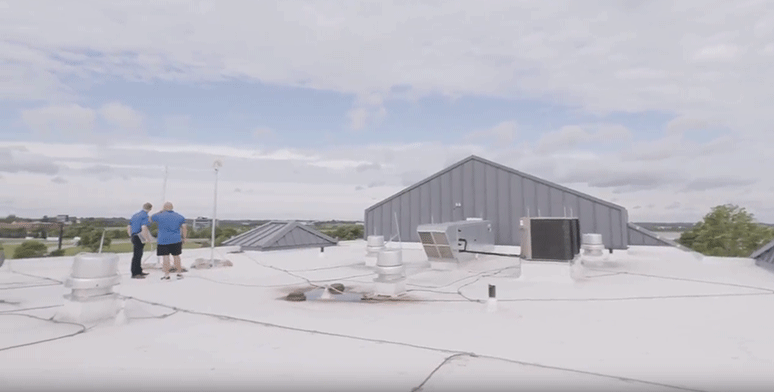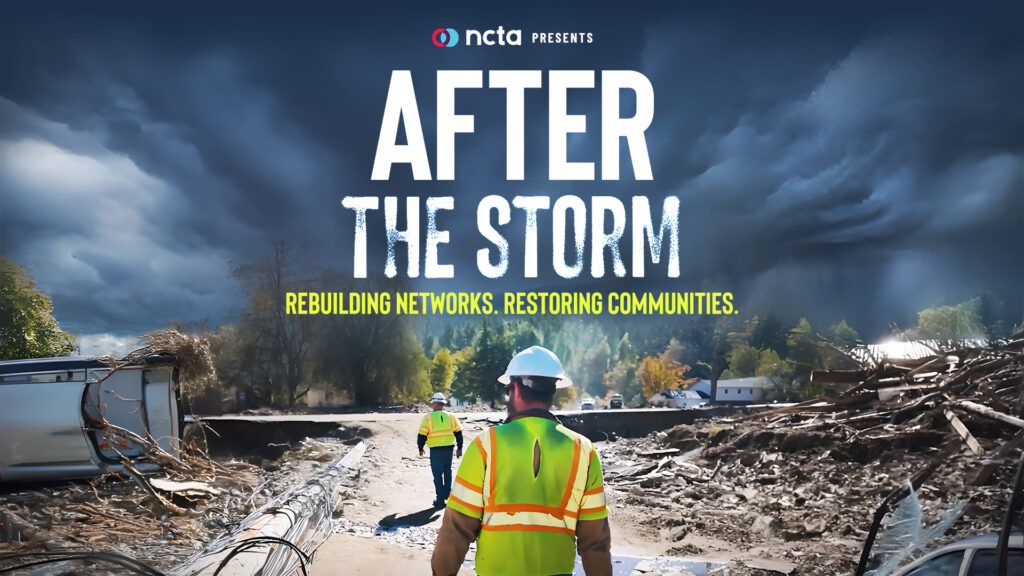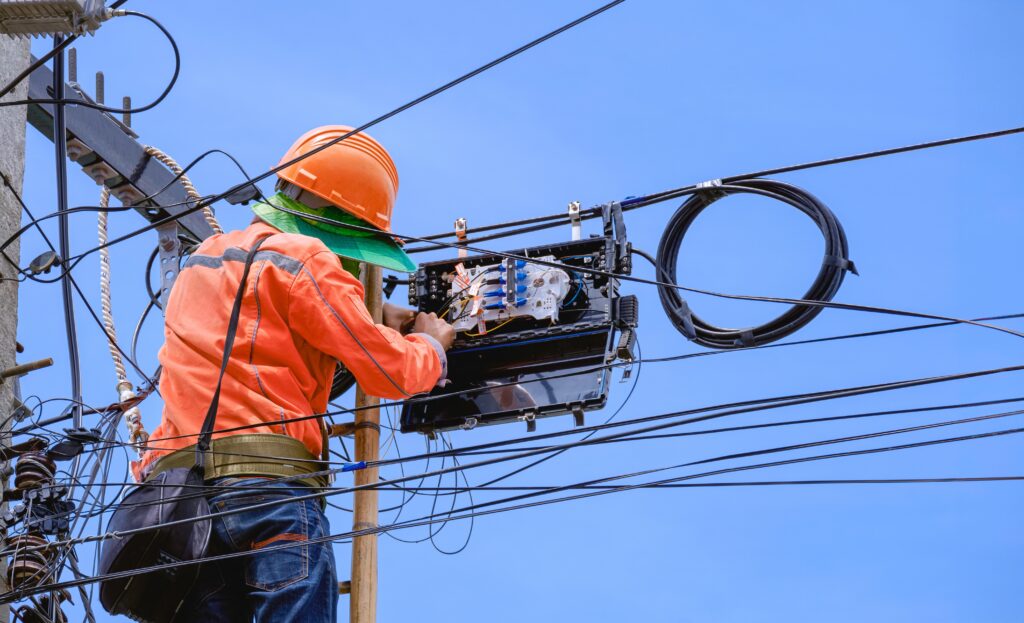Tomorrow, the Senate Committee on Commerce, Science, and Transportation will hold a hearing to explore the opportunities and challenges of deploying broadband in rural America. This is an issue that America’s cable broadband providers are currently tackling, and a critical discussion that will explore creative ways to continue connecting every community.
The conversation is also a timely one in light of recent discussions concerning the Farm Bill reauthorization and how broadband funds should be administered by the USDA Rural Utilities Service in order to be most effective in helping to bring broadband to areas it’s currently not available. The Senate’s Farm Bill, which is being reconciled with the House version, includes important reforms that would prioritize funding for those rural areas that need connectivity the most. These provisions would prevent overbuilding existing networks in areas that already attract private investment, and would instead direct funds towards those unserved communities that are missing out on the benefits of high-speed broadband. There’s a reason why we call broadband “America’s Opportunity Infrastructure”—because it unleashes endless possibilities in education, healthcare, economic vitality, communication and entertainment.
The good news is that more than 90 percent of the nation’s households can already access increasingly faster broadband networks – including gigabit speeds in many communities – which include some of the most remote and hard to reach regions in the country. ISPs are finding ways to bring high-speed internet to remote areas all over the map, from the rough terrain and weather of Arctic Alaska, to the vast farmlands of the Midwest.
In Alaska, GCI’s TERRA network has connected more than 45,000 Alaskans and has completely transformed life in those communities. Building the network was a massive undertaking that involved tower construction crews, helicopters, engineers, and heavy equipment operators, but one that opened up opportunities for Alaskans in education through long-distance learning as well as better access to healthcare through telemedicine.

Then in places like rural northwestern Minnesota, a high-speed broadband connection has allowed farmers, entrepreneurs, and small businesses to flourish and remain in their hometowns—thanks to Sjoberg’s, a small family-owned broadband provider.
Gigabit speeds are also available in rural regions across the country, including Alaska where GCI’s 1 GIG red has given small businesses a large boost. And Mediacom was the first ISP to deliver gigabit speeds to an entire state when it launched its service throughout Iowa in 2017. In fact, U.S. News recently identified Iowa as leading the nation “in efforts to bring ultra-fast Internet access to every city block and every rural acre.” This was due in no small part to the efforts of Mediacom, which deployed gig service in 301 communities. By year-end 2017, Mediacom had activated 1 gig broadband service in more than 1,300 communities located across 21 states. The ISP plans to complete its $1 billion gig investment plan in 2018-19 by deploying gig service in all remaining communities.
Meanwhile, Eagle Communications, which serves Kansas, Missouri, Nebraska and Colorado, delivers gigabit speeds to businesses and school districts, and for the first time last year began offering the services to residential homes in a small rural town in Kansas. And Midco, serving South Dakota, North Dakota, Minnesota, Kansas, and Wisconsin, already offers gigabit speeds to 80 percent of its customers, and plans to upgrade more communities by the end of this year.
ISPs are also coming up with alternative solutions to reach rural areas where laying fiber is not economically feasible or possible to deploy in a timely manner. Fixed wireless is proving to be a reliable and affordable way for ISPs to deliver a high-speed internet connection even in harsh weather and with miles and miles of land that separate homes. Midco recently began offering fixed wireless for its customers through its new partnership with Invisimax, a fixed wireless provider, allowing their residents to enjoy the same reliability they can get from a wireline connection.
Charter is also testing a fixed wireless solution for rural broadband in several of its markets in order to get around the obstacles that stand in the way of connecting their rural communities.

America’s cable broadband providers have invested more than $275 billion over the past 20 years to expand and upgrade its networks, and to reach as many people as possible. Their deep commitment to rural America combined with government programs that are properly targeted to the areas most in need will help ensure every community across the country can access the benefits made possible by a high-speed internet connection.
To learn more about how America’s cable ISPs are bringing connectivity to rural America, visit our featured section,”Broadband: America’s Opportunity Infrastructure.”









